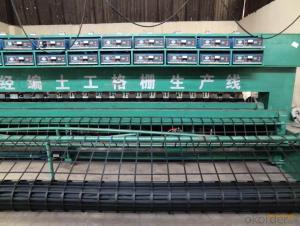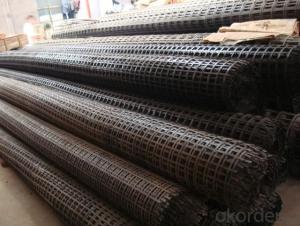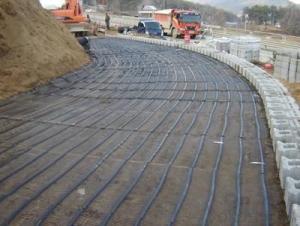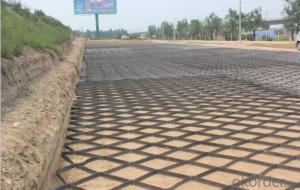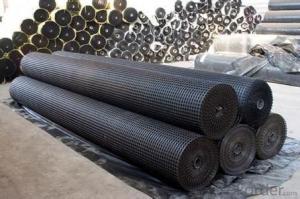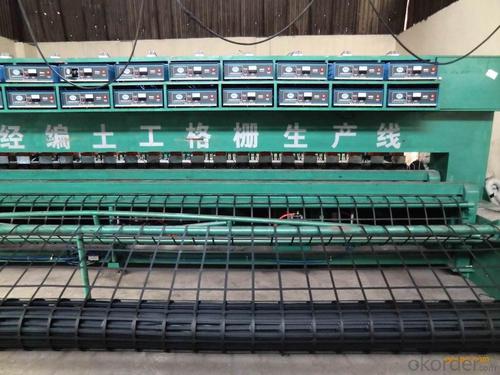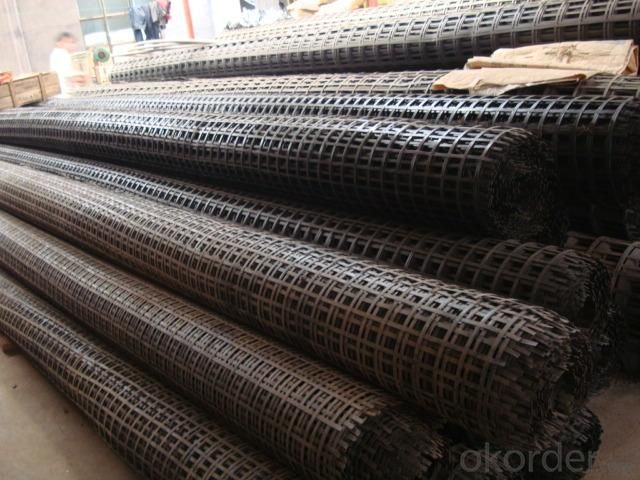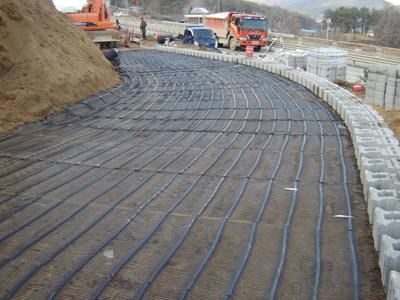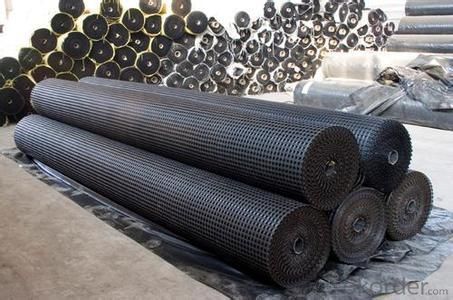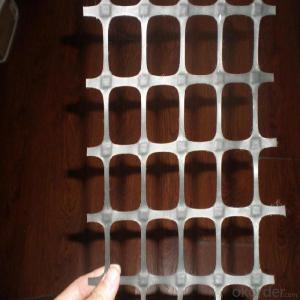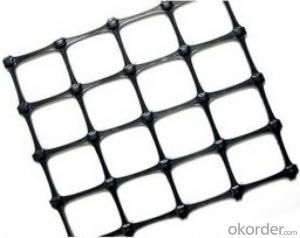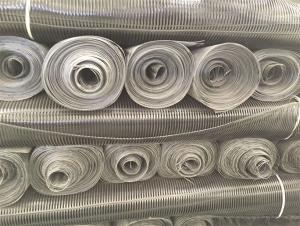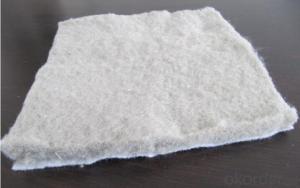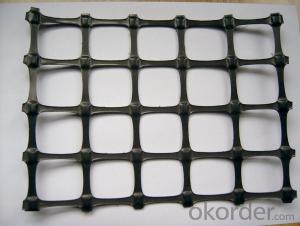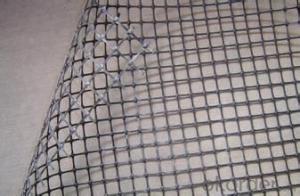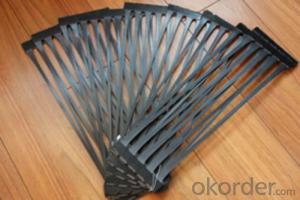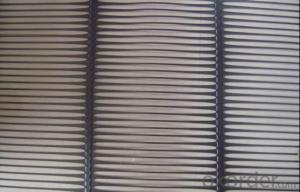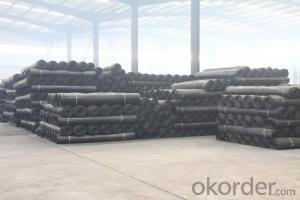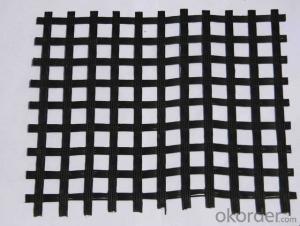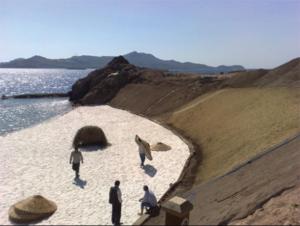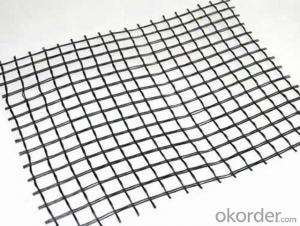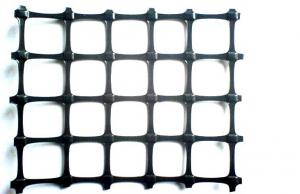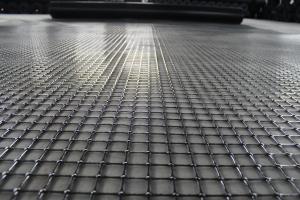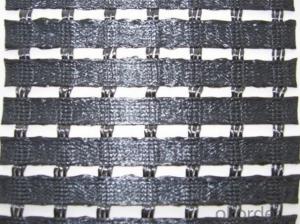Biaxial Plastic Geogrid with CE Certificate for Construction - Embedment Length of Geogrids
- Loading Port:
- Shanghai
- Payment Terms:
- TT OR LC
- Min Order Qty:
- 85800 m²
- Supply Capability:
- 1000000 m²/month
OKorder Service Pledge
OKorder Financial Service
You Might Also Like
The Description of Biaxial Plastic Geogrid
Biaxial Plastic Geogrid is a kind of new favorable earthwork base material to strengthen the road surface and roadbed. This product is made by weaving and covering fiberglass filament. It is featured by high vertical and horizontal tensile strength, low unit extension, high flexibility, and favorable high and low temperature resistance. The products after surface covering own the favorable property of alkali resistance and aging resistance.
The details of biaxial plastic geogrid
| Type: | Geogrid | Material: | Biaxial Geogrid | Place of Origin: | China (Mainland) |
| Certificates: | CE,ISO | Color : | White & Black | Width : | 1m--6m |
| Length | 50-200m | Mesh Size: | 10-40mm | Tensile Strength | 30KN-300KN |
| Area Weight | 130-900g/sm | Package | PP bags or PE film | Approximate mesh size | 12.7*12.7 25*25 40*40 |
Packaging & Delivery
| Packaging Details | PP bags or PE film. Or Packed as customers' requests; |
| Delivery Detail | 10-20days after see the payment. |
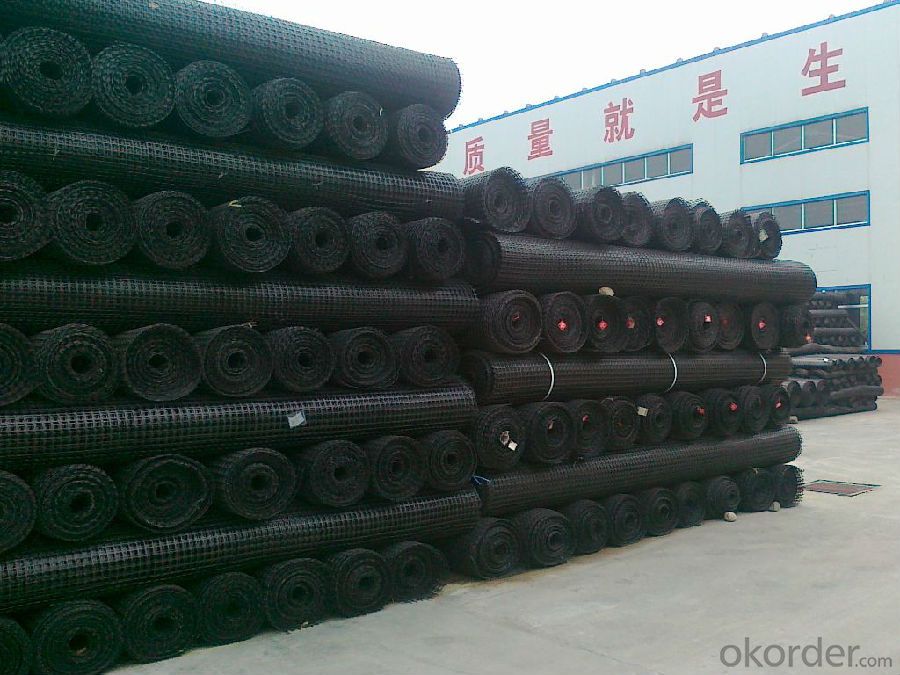
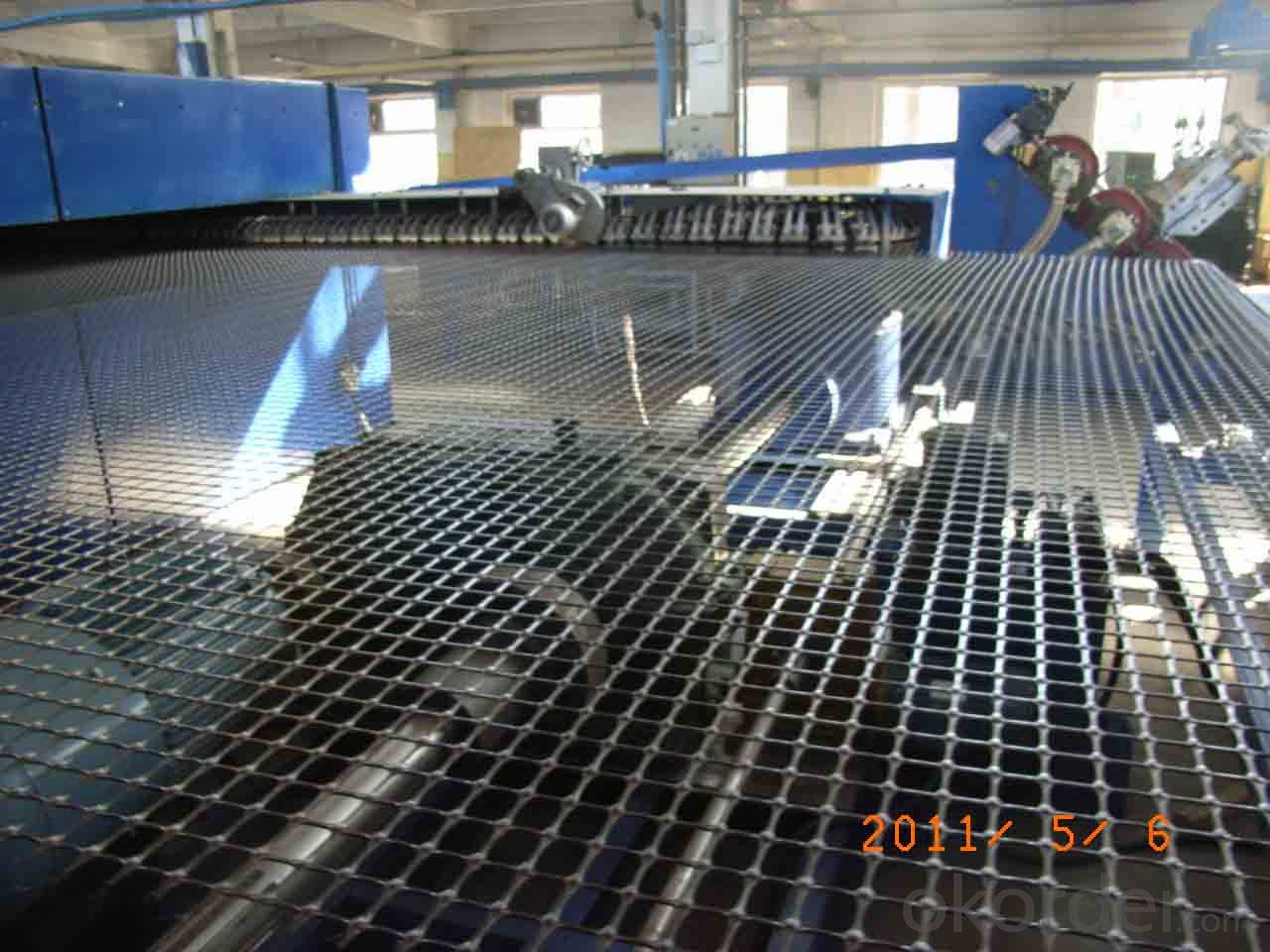
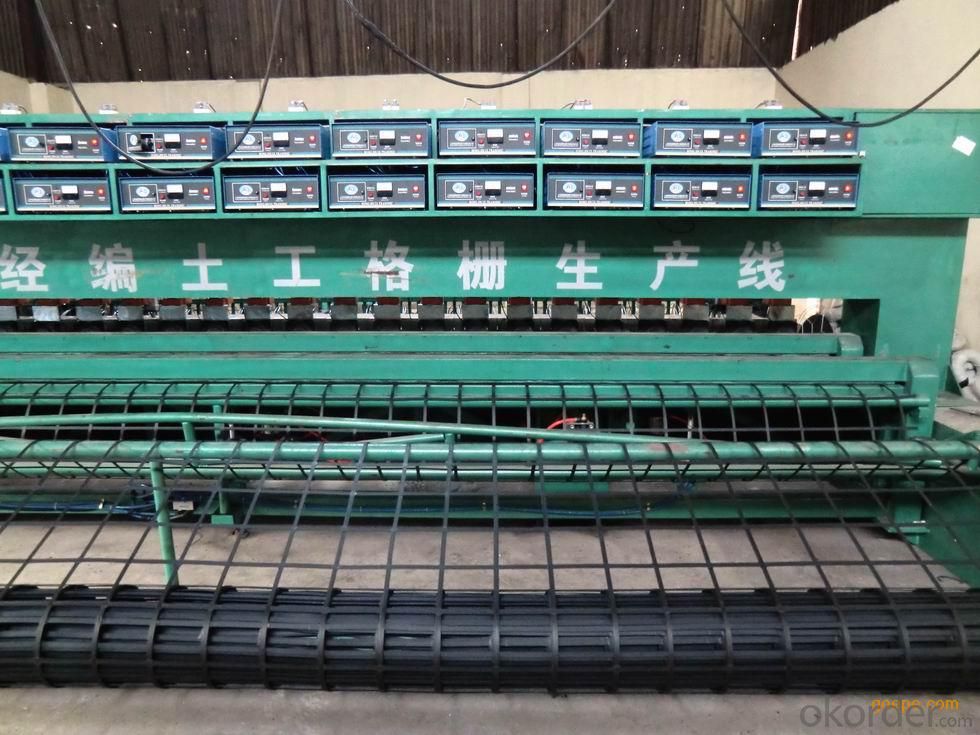
Remarks: we are very large fortune 500 enterprise with more than 20branches in worldwide, and have almost ten years export experience in geosynthetic field. We have kunlun bank account and have many Iran geosynthetics customers.So if any question or support, please just feel free to contact me at any time.
- Q: PVC HF what is the material PVCHF bidirectional geogrid is like?
- HF is a high stability of the metal, is generally used to prevent corrosion, and this kind of grid should be polyethylene two-way stretch plastic geogrid, flame retardant type
- Q: What is the price of geogrid? There are geogrid manufacturers that good?
- According to the general price of geogrid kn accounting, namely 10kn/m, 20kn/m, 50kn/m and so on, the higher the price the greater force kn. The raw materials of different prices in different tension kn,
- Q: Are geogrids suitable for use in vegetated slopes?
- Yes, geogrids are suitable for use in vegetated slopes. Geogrids provide reinforcement to the soil, helping to prevent erosion and improve stability in sloped areas. The open structure of geogrids allows for vegetation to grow through, promoting the establishment of plants and enhancing the overall aesthetics of the slope. Additionally, geogrids can help to distribute the load and reduce the stresses on the soil, thereby increasing the lifespan of the vegetated slope.
- Q: How do geogrids improve the performance of geosynthetic-reinforced retaining walls?
- Geogrids improve the performance of geosynthetic-reinforced retaining walls by providing tensile reinforcement to the soil, increasing its overall strength and stability. They help distribute the lateral forces exerted on the wall, preventing potential wall failure or deformations. Additionally, geogrids increase the bearing capacity of the soil, allowing for the construction of taller and steeper walls.
- Q: How are geogrids used in road construction?
- Geogrids are used in road construction to improve the stability and strength of the road. They are placed between different layers of the road, such as the subgrade and the base course, to distribute the load and prevent the movement of soil particles. This helps to increase the road's durability, reduce deformation, and enhance its overall performance.
- Q: Can geogrids be used in bridge abutment construction?
- Yes, geogrids can be used in bridge abutment construction. Geogrids are commonly used to reinforce soil and provide stability in various civil engineering applications, including bridge abutments. They can help distribute loads, reduce soil settlement, and enhance the overall strength and stability of the abutment structure.
- Q: Can geogrids be used in stabilization of river training structures?
- Yes, geogrids can be used in the stabilization of river training structures. Geogrids are commonly used in civil engineering projects to reinforce and stabilize soil and structures. In the case of river training structures, geogrids can be used to prevent erosion and provide stability to the riverbanks, retaining walls, and other structures. They can enhance the structural integrity and longevity of these structures, making them an effective solution for river stabilization.
- Q: Glass fiber mesh and geogrid which is good
- There are many types of geogrid, glass fiber geogrid is only one kind of geogrid, geogrid also includes polyester grille, steel plastic grille, plastic grille, etc.!
- Q: What is the overlap length of the two-way geogrid? What is the overlap length of geotextiles?
- Steel nail. Geotextile lap length is 50cm to 1m
- Q: Are geogrids resistant to chemical degradation?
- Yes, geogrids are typically resistant to chemical degradation. They are designed to withstand exposure to various chemicals commonly found in soil and water, making them durable and suitable for long-term applications in civil engineering and construction projects.
Send your message to us
Biaxial Plastic Geogrid with CE Certificate for Construction - Embedment Length of Geogrids
- Loading Port:
- Shanghai
- Payment Terms:
- TT OR LC
- Min Order Qty:
- 85800 m²
- Supply Capability:
- 1000000 m²/month
OKorder Service Pledge
OKorder Financial Service
Similar products
Hot products
Hot Searches
Related keywords
